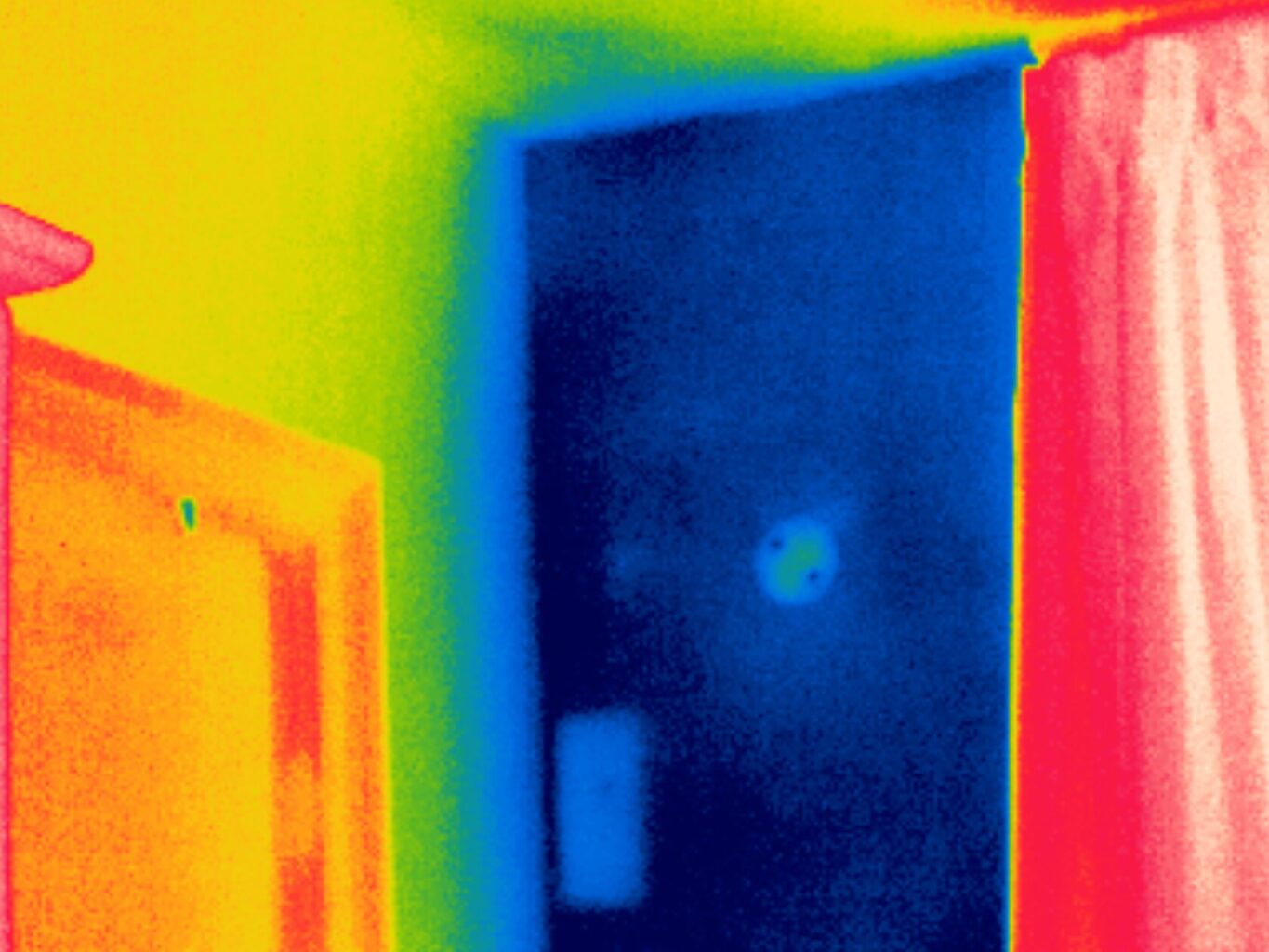
Securing Comfort: Ensuring Optimal Insulation through Thermal Surveys
In the pursuit of comfortable and energy-efficient spaces, optimal insulation plays a pivotal role. Thermal surveys have emerged as a groundbreaking tool for evaluating and enhancing insulation effectiveness. This article explores how thermal surveys contribute to securing comfort by ensuring optimal insulation in buildings.
The Importance of Optimal Insulation
Optimal insulation is a cornerstone of energy efficiency and occupant comfort in buildings. In the United Kingdom, where weather conditions can be unpredictable, having well-insulated structures is crucial for maintaining a consistent and comfortable indoor environment. Insulation not only regulates temperature but also influences energy consumption, impacting both environmental sustainability and economic considerations. According to the UK National Insulation Association, properly insulated homes can experience up to a 20% reduction in energy bills. This underscores the financial and environmental benefits of investing in insulation, making it a key consideration for both residential and commercial property owners.Unveiling Insulation Gaps with Thermal Surveys
While traditional inspection methods may identify visible insulation issues, thermal surveys take the assessment to a new level. Infrared thermal cameras can reveal hidden insulation gaps, allowing for a comprehensive analysis of a building’s thermal envelope. Surveyors can identify areas with irregular temperature patterns, indicating potential insulation deficiencies that may not be apparent through visual inspection alone. The implementation of thermal surveys in a social housing project in Manchester demonstrated a significant reduction in heat loss after targeted insulation improvements. By identifying and addressing insulation gaps, the project achieved enhanced thermal comfort for residents while lowering overall heating costs.Enhancing Energy Efficiency and Sustainability
Beyond the immediate comfort benefits, optimal insulation contributes to long-term energy efficiency and sustainability goals. Buildings with effective insulation require less energy for heating and cooling, reducing greenhouse gas emissions associated with energy consumption. A study conducted by the Energy Saving Trust found that improving insulation in a typical UK home could result in a yearly carbon dioxide emissions reduction of up to 1.2 tonnes. This showcases the environmental impact of optimal insulation, aligning with the broader efforts to mitigate climate change and promote sustainable living.The Role of Thermal Imaging Technology
Thermal imaging technology is at the forefront of ensuring optimal insulation. By capturing infrared radiation, thermal cameras detect variations in temperature that signal potential insulation issues. This non-destructive and efficient method enables surveyors to identify specific areas requiring attention, leading to targeted and cost-effective insulation improvements. The adoption of thermal imaging in a commercial building retrofit project in London exemplifies its efficacy. The technology not only pinpointed insulation gaps but also guided the implementation of tailored solutions, resulting in improved energy efficiency and heightened comfort for building occupants.Securing comfort through optimal insulation is a multifaceted endeavour, and thermal surveys stand as a key ally in this pursuit. By uncovering insulation gaps, enhancing energy efficiency, and contributing to sustainability goals, thermal surveys play a crucial role in ensuring buildings provide a comfortable and eco-friendly living and working environment. As property owners and policymakers increasingly focus on energy-conscious practices, thermal surveys emerge as an indispensable tool for achieving insulation excellence.
#InfraredBuildingInspection #ThermalBuildingSurvey #Thermography
https://www.dronemediaimaging.co.uk/ensuring-optimal-insulation-through-thermal-surveys/
Comments